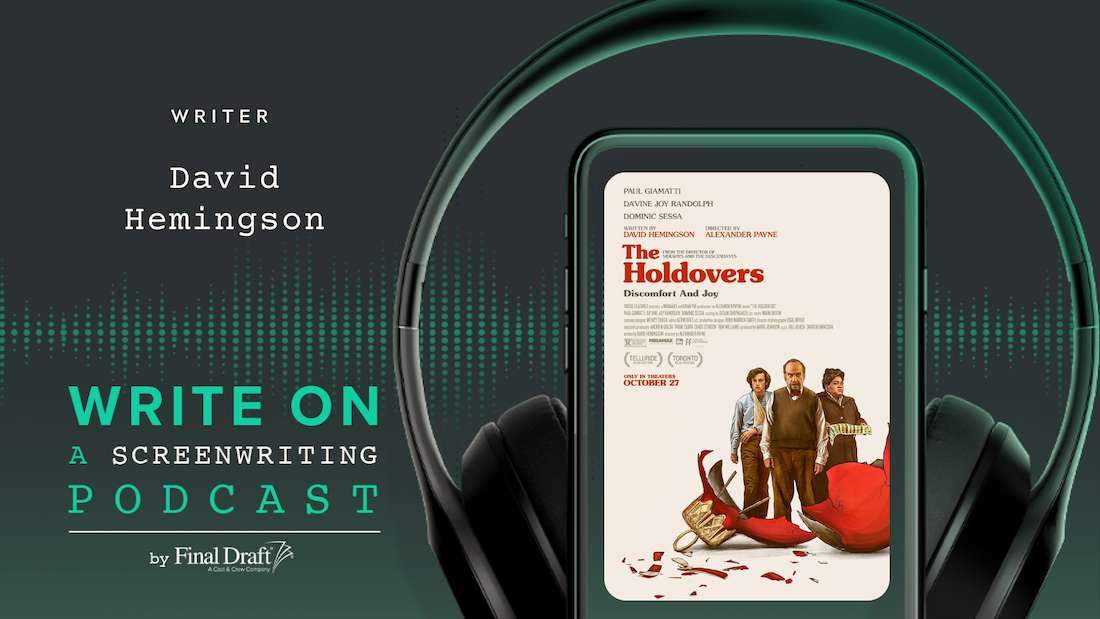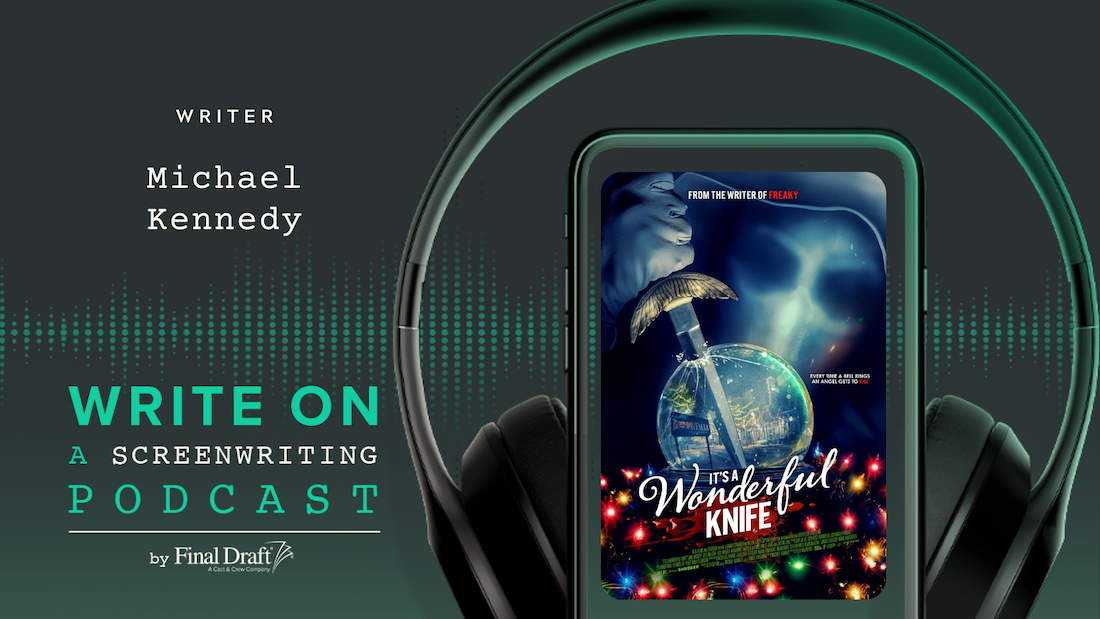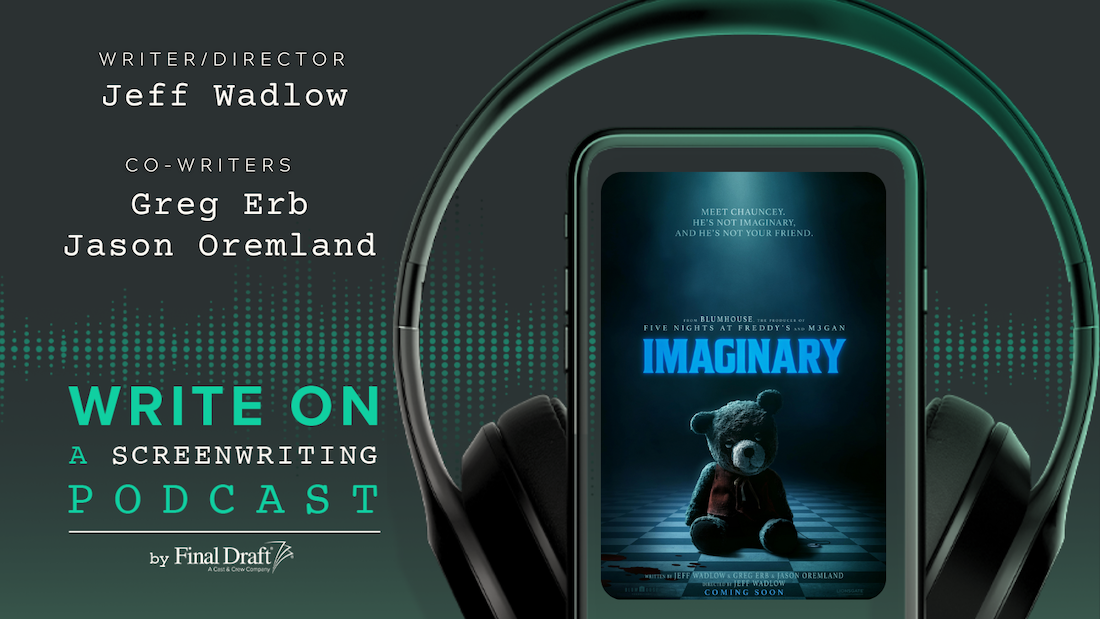'In The Fire' Writer/Director Conor Allyn on Writing for Amber Heard
October 13, 2023
Set in the late 19th century, the new film In the Fire puts a young boy at the center of a battle between science and religion. Directed by Conor Allyn (No Man’s Land), and written by Allyn, Pascal Borno and Silvio Muraglia, the film explores themes that resonate with today’s divided America. I sat down with Allyn over Zoom to find out more about his personal inspiration for the film, balancing the lessons of science with the mysticism of religion and why actress Amber Heard resonated so deeply with her role as Dr. Grace Burnham.
In the Fire is about a female physician and budding psychologist, Dr. Grace Burnham (Heard), who arrives on a remote South American plantation in the 1890s to help a seemingly disturbed boy, Martin (Lorenzo McGovern Zaini), who is feared by the locals for his strange abilities. While the religious community around him assumes the boy is possessed by evil forces, Dr. Grace tries to help the boy and his father, Don (Eduardo Noriega), until the village unleashes their rage onto Grace, pitting a war between science and religion with the boy’s life at stake.

The Power of Personal Stories
Though Allyn didn’t plan to make movies about outcasts and exiles, it’s a strong recurring theme in his work. He attended Catholic schools, from Kindergarten through college (he attended Georgetown University) and has potent memories of being picked on when he was young.
“This movie is about a young boy who’s disturbed, who’s definitely different from anybody else in this small, remote town in South America,” says Allyn. “For that difference, he is blamed for things when they go wrong and he’s ostracized from the community to the point where this local zealot priest wants to exorcise him.”
Allyn says he relates strongly to the boy. “I felt like an outcast in my formative years – as many people do – and I felt bullied a lot,” says Allyn.
But the boy isn’t the only character in the film who’s struggling to fit in. “Amber Heard’s character is a doctor from New York who’s kind of an exile herself as a female doctor at a time when there just weren’t women doctors. She also practices psychology when that was not at all a respected science – and certainly not respected in this community of faith in Latin America. So there’s these two outcasts who form a relationship in protecting one another,” Allyn says.
The dynamic between Dr. Grace and the boy is powerful and by adding an emotional through-line from his own personal journey, Allyn is able to go deeper with both characters who rely on each other to grow, change and arc.
Read More: Write a Role a Movie Star Wants to Play
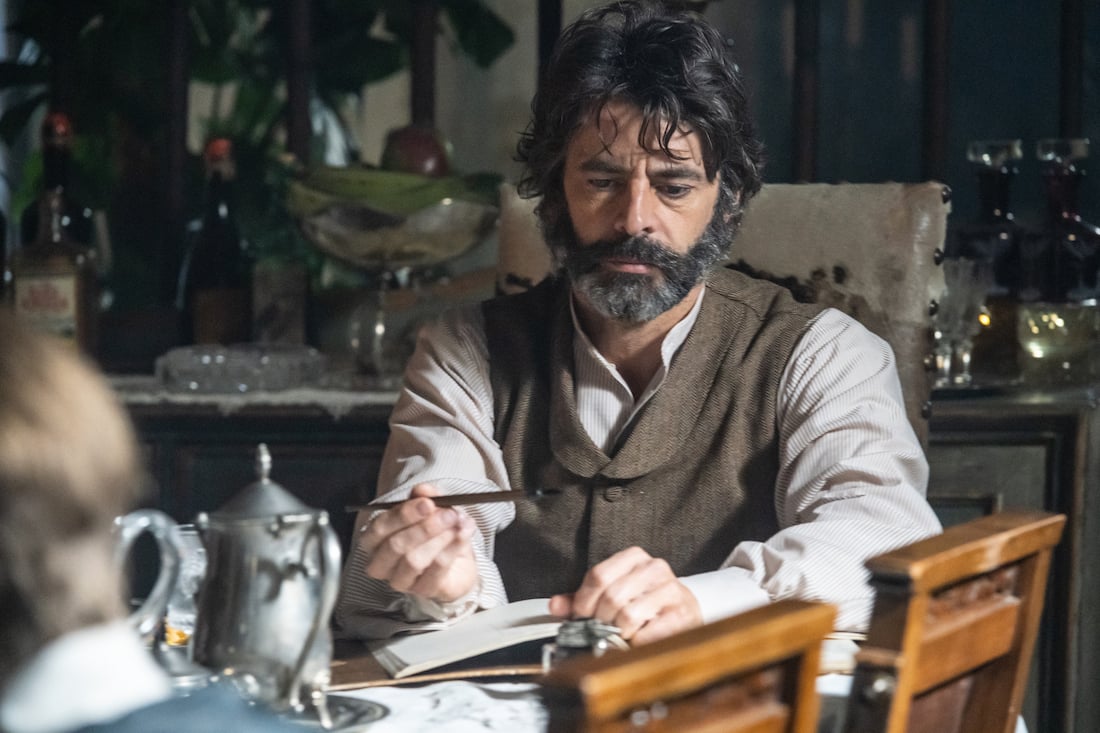
A Great Story Leans into the Mysteries of Life
As humans, we’re always looking for answers. But the truth is that life is full of ambiguity. As an example, Allyn shared a story about his grandmother who loved owls and had owls figurines and pictures all around her home. But living in Dallas, a very urban area, seeing a living owl was incredibly rare. But when his beloved strigoformesphile grandmother sadly passed away, he returned home from the funeral only to see an actual owl sitting on the roof of his house.
An uncanny coincidence? Or a message from the great beyond? While he understands there’s no way to know for sure, Allyn says with conviction, “That was my grandma, right? I believe it was. Though it’s in complete conflict with how I feel about ghosts. So, it’s okay for there to be some ambiguity in life. We don’t have to explain everything.”
As the film explores science vs. religion and faith vs. belief, Allyn says one of the benefits of using film to tell a story is that you get to see multiple points of view.
“We’ve seen the demonic possession movies like The Exorcist, and The Omen, and I love those movies, but those movies are clear that the kid is possessed by the devil and we have to stop the devil. But this story is more ambiguous,” he says.
In the film, the doctor can see there are some medical explanations for the boy’s behavior, but not all of it can be explained by science. This type of scenario invites the audience to be active and to draw their own conclusions.
Read More: The Recipe for Writing Great Movie Endings

Creating Characters That Appeal to Actors
Amber Heard is not only the lead actress in the film, she’s also Executive Producer because she believed in the project so much. Allyn met Heard when he was writing a TV pilot. Though the show hasn’t been made yet, he says he had the opportunity to get to know the actress beyond what’s been written about her in the headlines.
“We formed a relationship and I learned a lot of things about her that many people don’t know,” he says. He was surprised to discover that she had lived in Mexico City for a time, speaks fluent Spanish, is an avid reader, and loves history. He showed her the script for In the Fire, hoping she would connect with the role of the doctor. “She immediately did. In her personal life, Amber’s this fearless truth-teller. She sticks to her convictions, speaks her truth no matter what the consequences are and that’s gotten her into a lot of hot water. So, it’s not a coincidence she connected with his character. She’s a character who also has strong beliefs and convictions, speaks her truth and leads to a lot of conflict in the movie,” he says.
In the film, there’s a harrowing scene where Dr. Grace is dragged through the small town and, because it’s the nineteenth century, she’s thrown into the public square for all the townspeople to watch as she’s beaten and whipped as punishment for defending young Martin.
“That’s just what they would do to you then. Amber in her own life, in the 21st-century version, she’s been dragged through the social media world, beaten and whipped online – on a global scale. So, she had a lot of personal connection to this character. She was also a new mother. This is a role where she starts as a doctor to this kid and over the course of the movie, creates a maternal relationship with him,” he says. Heard is commanding in the role, alternating between strength and vulnerability. Her soulful blue eyes reveal all her thoughts without having to say a word.
I asked Allyn if Heard was giving a choice between the punishment Dr. Grace endured and the one the actress endured, which one he thought she’d take. “I think she’d probably take the whipping,” he says. I think most of us would.
Read More: How to Make Your Characters Sound Different on the Page
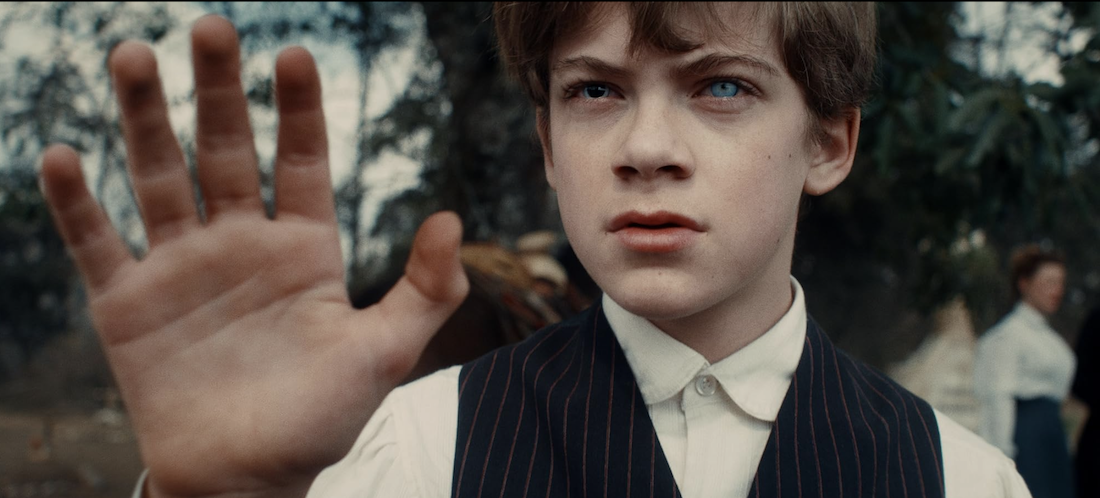
Advice for Emerging Writers
Allyn says it’s important for a writer to know who they are as a person and know what they want to say in their work.
“Young writers have to have conviction in your own storytelling. You have to believe that you’re going to say something that people need to hear or you need to say. I’ve done this for a few years now and I’ve gained some courage in my own convictions,” he says, adding that making a period film in South America where a lot of the film is in Spanish is a challenge to get produced. “It doesn’t make the job easy on the producer or the manager or the agent, but you just have to believe in yourself. If it’s interesting to you, maybe it will be interesting to one other person. It’s just got to be enough.”
In the Fire opens in theaters and on VOD on Oct. 13.
Written by: Shanee Edwards
Shanee Edwards is an L.A.-based screenwriter, journalist and novelist who recently won The Next MacGyver television writing competition to create a TV show about a female engineer and was honored to be mentored by actress/producers America Ferrera. Shanee's first novel, Ada Lovelace: The Countess Who Dreamed in Numbers was published by Conrad Press in 2019. Currently, she is working on a biopic of controversial nurse Florence Nightingale. Shanee’s ultimate goal is to tell stories about strong, spirited women whose passion, humor and courage inspire us all.- Topics:
- Industry Interviews & Spotlights


